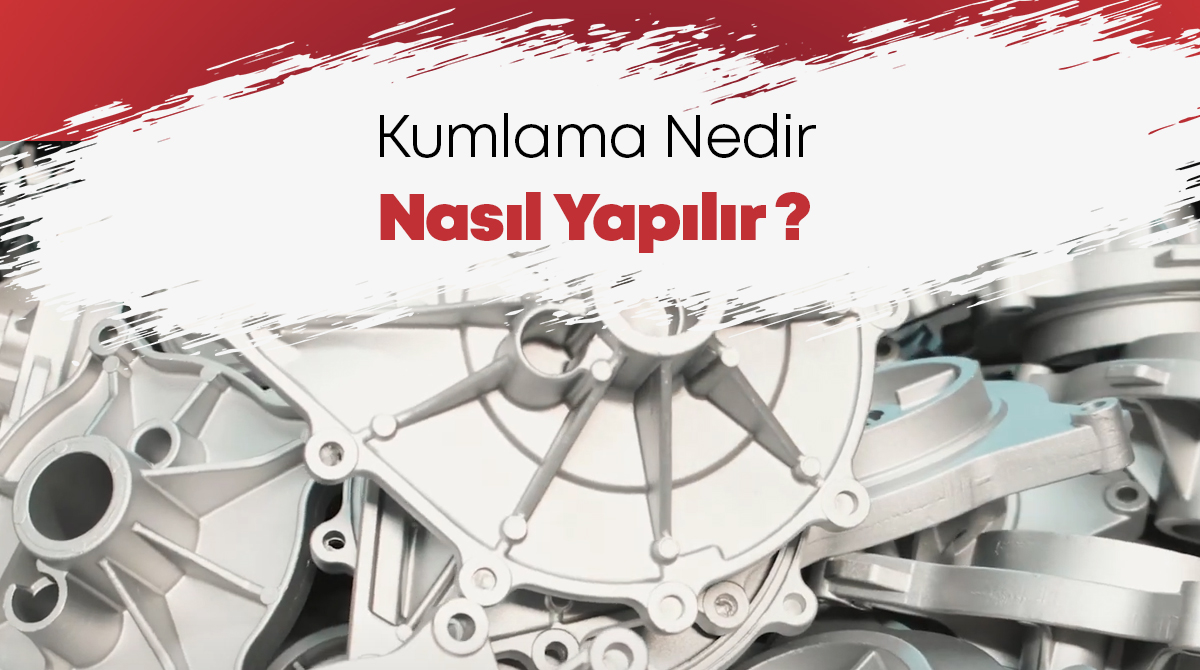Sandblasting is known as a method applied to extend the service life of the metal by removing oil, dirt, rust and corrosion on the metal due to rust and corrosion over time and by painting process.
Shot blasting removes visible or micronized rust and corrosion from the metal surface, revealing the essence of the metal. A freshly blasted metal is at its most vulnerable to rust and corrosion.
If the metal is left in a humid environment after the sandblasting process, it is observed that it is exposed to oxidation, which is manifested by discoloration within a few hours.
For this reason, the sandblasted metal should be protected as soon as possible, painted and the metal's contact with air should be cut off. The best application for this is zinch painting.
It should not be forgotten that no matter how high quality the sandblasting is, in an unprofessional paint application, if a point as small as the tip of a needle comes into contact with air, it is inevitable that corrosion will start from that point and spread to the entire metal. Therefore, it is extremely important that the paint application is carried out with professional equipment and team. Using different abrasives for different metal structures and productions according to the sector in which it is used and applying the appropriate epoxy paint professionally and at the same time at appropriate film thicknesses are other factors of quality. It is not possible for the applied paint to adhere to the metal surface with any chemical reaction. In order for the adhesion to be complete, the surface must be roughened with suitable abrasives. After the roughening process is completed, the sandblasting process will also be completed.







